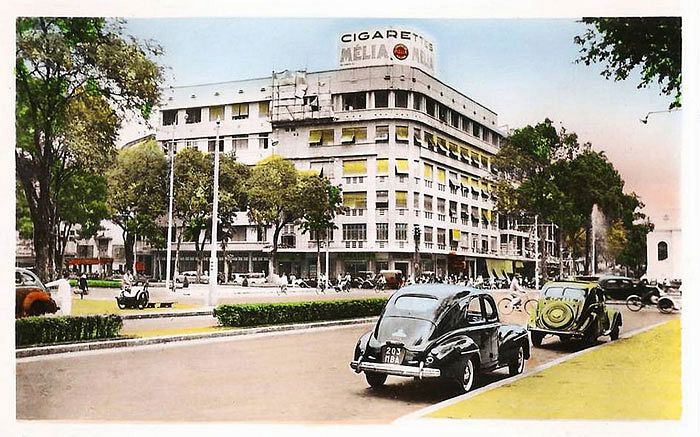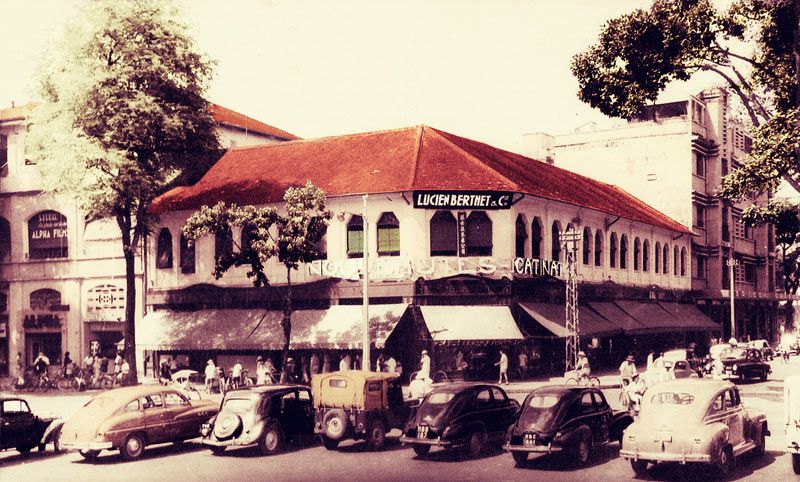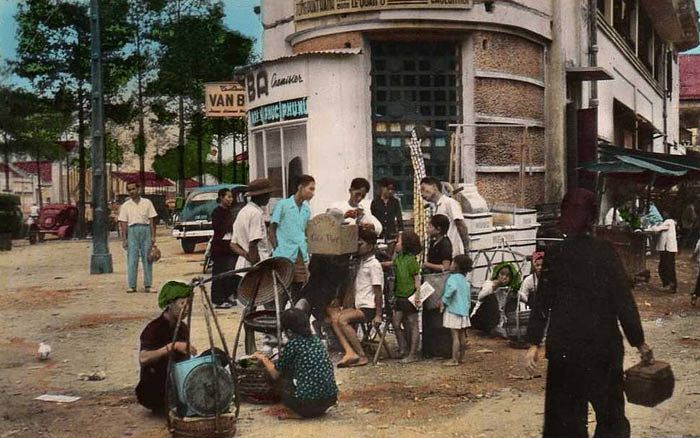As the French began to heavily influence Vietnam, first indirectly with missionaries and later with full-scale colonization, large public buildings began to pop up in the country’s cities, no more so than in Saigon. Even as the city undergoes rapid development, some of these 18th and 19th century gems have survived.
From hospitals to theaters, here are 5 of the oldest buildings in Saigon:
Lê Quý Đôn High School - 110 Nguyễn Thị Minh Khai, District 3
Over 140 years, District 3’s Lê Quý Đôn High School has helped educate numerous generationsof Saigonese and foreigners (such as Cambodia’s former king, Norodom Sihanouk). The French began construction of the school in 1874 and was completed in 1877 under the name Collège Indigène. Several years later, the name was changed into Collège Chasseluop Laubat and then, in 1954, changed to Jean Jacques Rousseau. It wasn’t until 1975 that the school got its current moniker and still has the reputation as one of the city’s best.

HCMC Psychiatric Hospital - 766 Võ Văn Kiệt, District 5
Though it has undergone many changes over the last 188 years, the Psychiatric Hospital is Saigon’s oldest. Previously known as Bệnh Viện Chợ Quán due to its location in Chợ Quán village (which once existed between with Saigon and Chợ Lớn) the original buildings were constructed in 1826, facing the Bến Nghé canal.
The hospital was built by a group of patrons who ran the it privately until 1865 when they donated it to the government. After 6 name changes, on August 21, 2002, the Bệnh Viện Chợ Quán officially changed its name to the Ho Chi Minh City Psychiatric Hospital, the only one of its kind in the city.

Chợ Quán Cathedral - 120 Trần Bình Trọng, District 5
Another gem of old Chợ Quán is the famous Chợ Quán Cathedral. A fixture in District 5 for nearly three centuries, this cathedral is known as the site of the oldest cathedral not only in Saigon, but perhaps in all of south of Vietnam.
Built by a small Catholic community in 1723, in the fate of the parish met trouble in 1834-1859 when the Nguyễn Dynasty sought to suppress Catholicism in Vietnam. As a result, the cathedral was abandoned until the French formally occupied Vietnam and the structure was repaired and enlarged to its current form.

The Saigon Opera House - 7 Lam Sơn Square, District 1
Well, no shocker here. The oldest theatre crown goes to the ornate Saigon Opera House.
Western theatre in Saigon began in 1863 when colonialists brought a troupe in to perform for the French legion at the villa of the French admiral at the present day corner of Dong Khoi and Nguyen Du Streets. Around 1897, construction began on the Opėra de Saigon and it was completed in 1900.
In its first iteration, the Saigon Opera House could hold 1,800 theatergoers and featured detailed inscriptions, décor and furnishings, all imported from France.
During the period between WWI and WWII, night halls and dance clubs became the preferred entertainment in the Saigon and the Opera House was used sparingly. To make is seem more youthful, in 1943 French colonial authorities removed its statues, decorations and engravings.
By the time the French returned to South Vietnam in 1945, their focus had shifted from cultural colonization to military occupation and the theatre was used as a temporary shelter for French civilians fleeing the Viet Minh controlled north.
After unification in 1976, it was re-commissioned as a theatre and was extensively restored between 1995 – 1998.

Thông Tây Hội Shrine - 107/1 Thống Nhất, District 5
Built in 1679 as a shared shrine for both Hạnh Thông Tây and An Hội villages, it was named Thông Tây Hội, a combination of these villages’ names. Thông Tây Hội holds many valuable antiquities and has been the subject of research for those studying the architecture and interior of Vietnam's ancient shrines.














